Harmonic Analysis (RMA) Worksheet for the song: "Walk Right In".
Harmonic Analysis (RMA) Worksheet for the song: Walk Right In.
Walk Right In is a country blues song written by musician Gus Cannon and originally recorded by Cannon's Jug Stompers in 1929. Victor Records released on a 78 rpm record and in 1959, it was included on the influential compilation album The Country Blues. A revised version of the song by the Rooftop Singers, with the writing credits allocated to group members Erik Darling and Bill Svanoe, became an international hit in 1963.
In 1962, the American folk trio the Rooftop Singers recorded a version of the song. Group member Erik Darling recruited two friends to join him in this effort after hearing the original Cannon recording. Darling wanted the track to have a distinctive sound, so he and group member Bill Svanoe both played twelve string guitars, although they had some difficulty in acquiring the instruments.
Darling is quoted as saying that prior to the making of this record, "you couldn't buy a 12-string guitar ... I ordered one from the Gibson Company, but in order to record [the song] with two 12-strings, we had to wait for the company to build a second one for Bill!" (a left-handed model). The success of the song was a boon to Cannon, who was in his late 70s and had been forced to pawn his banjo the previous winter to pay his heating bill; he received royalties as a songwriter and saw renewed interest in his music, which led to a recording contract of his own.
Walk Right In became one of Burl Ives' signature songs, included on his 1944 album The Wayfaring Stranger. Ives used it as the title of his early 1940s CBS radio show and his 1948 autobiography. (wikiwand);
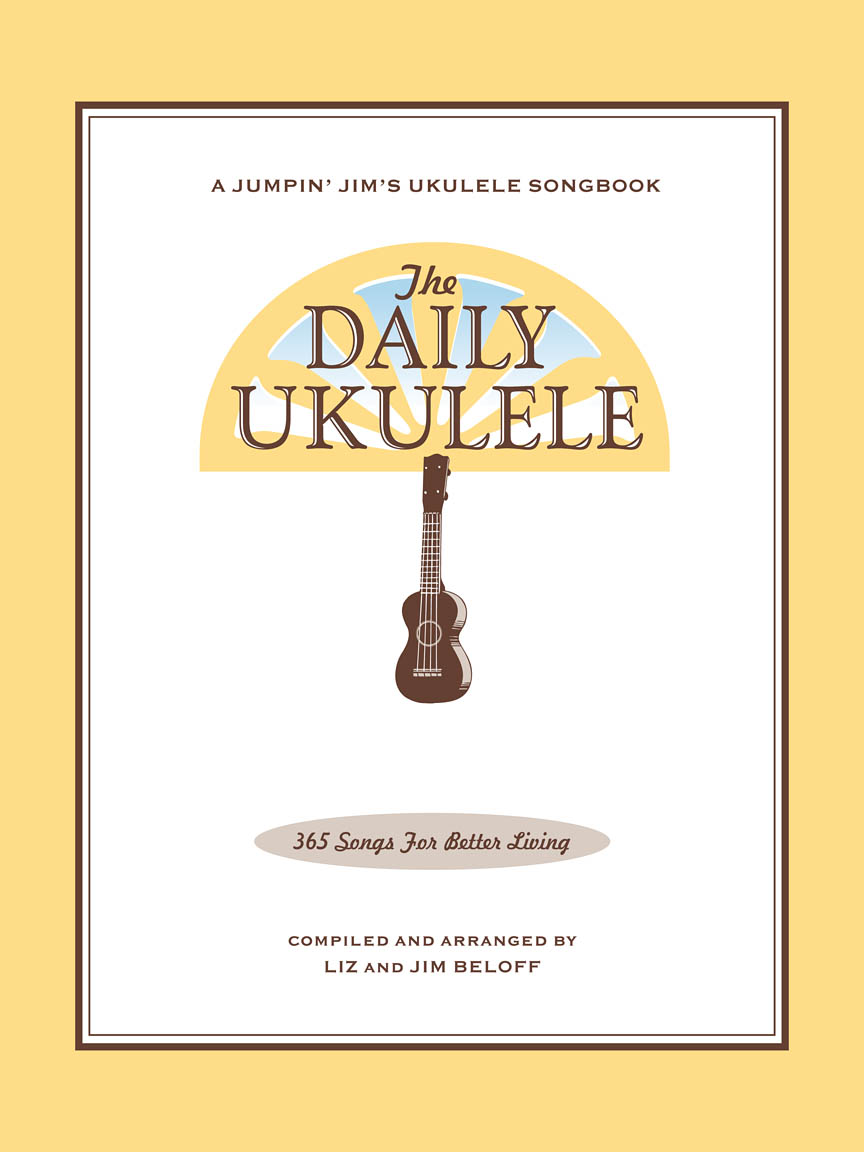
The Daily Ukulele— 365 Songs for Better Living book.





* The C7 , a IV7 is a NOT a Secondary Dominant as it does not resolve to a Full Diatonic chord of the G Major Scale: G Am Bm C D,D7 Em F#°
This line is a repeat of the first A section (same analysis).
Walk Right In has a single tag ending built into the song. Checkout the Classic Endings for `Ukulele this and other classic song endings.
A Harmonic Analysis (RMA/HA) and its worksheet are intended to show the function of the chords, the harmonic principles used, the keys and tonalities the song explores. And, can be used for scale selections and chord and scale substitutions.
lead leadsheet.Minimal roadmap information such as repeats, fine, D.S., D.C., and codas has been used in preparing the worksheets to somewhat mirror the leadsheet in the Daily Ukulele book.
Yellow Book. You should start to recognize that 1st endings typically always return to a previous verse or an
 section. With a 2nd ending, a transition to a different part of the song, a
section. With a 2nd ending, a transition to a different part of the song, a  or chorus. Harmonic Principles are used for these repeats and transitions.
or chorus. Harmonic Principles are used for these repeats and transitions.- Walk Right In is in the Key of C .
- Full Diatonic
- Partial Diatonic • Full Diatonic includes Secondary Dominant chords
- Internal Modulation
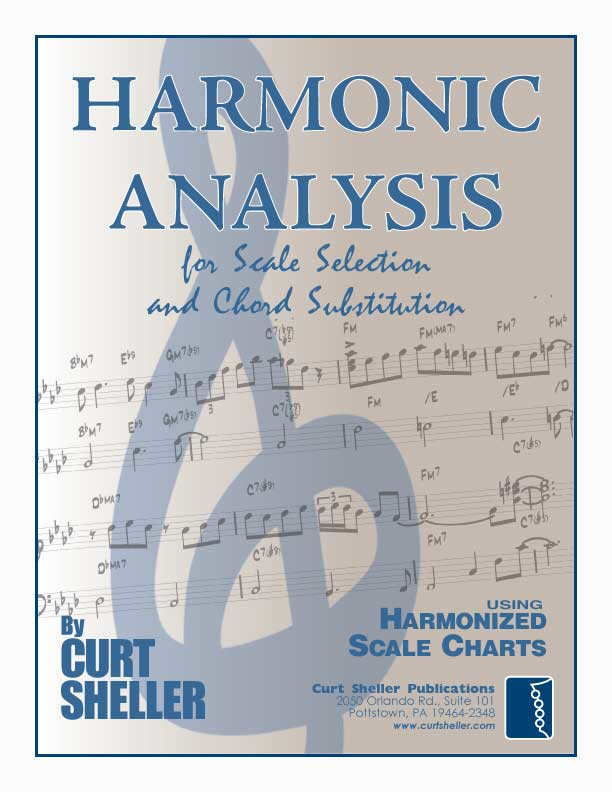
Contemporary Scales: Minor Pent: Minor Pentatonic, Pent: Major Pentatonic, Blues,
Scale/Mode Names: Ion: Ionian (Major), Dor: Dorian (Minor), Phrygian: Phrygian, Lyd: Lydian, Mix: Mixolydian (Dominant), Aeol: Aeolian (Natural Minor), Loc: Locrian
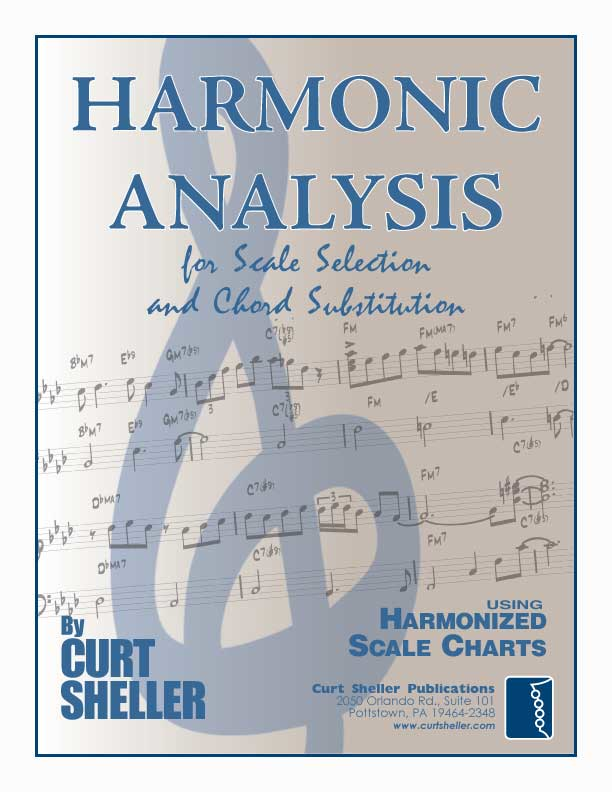
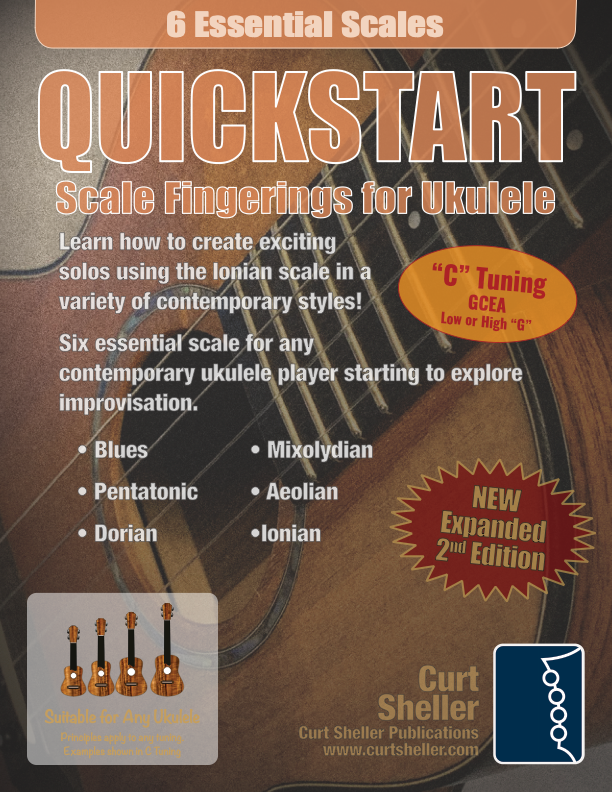
- (wikiwand); Walk Right In
- Walk Right In •
Related Lessons, Videos, Lesson Series, Songs, Books & Reference Charts, Resources & Assets, Workshops are below.

Harmonic Analysis (HA), also known as the study of chord relationships, is the method used to identify the harmonic role of chords within a chord progression or song. A chord progression refers to a sequence of chords, with each chord having a root note and belonging to a specific chord type. The function of a chord within a particular scale's tonality is determined by its relationship to that scale.

Harmonic Analysis is the understanding of the functional sequence of chords. It is the process used to analyze the harmonic structure of a progression, song or composition. This analysis is then used to make scale selections for improvisation and chord substitution.
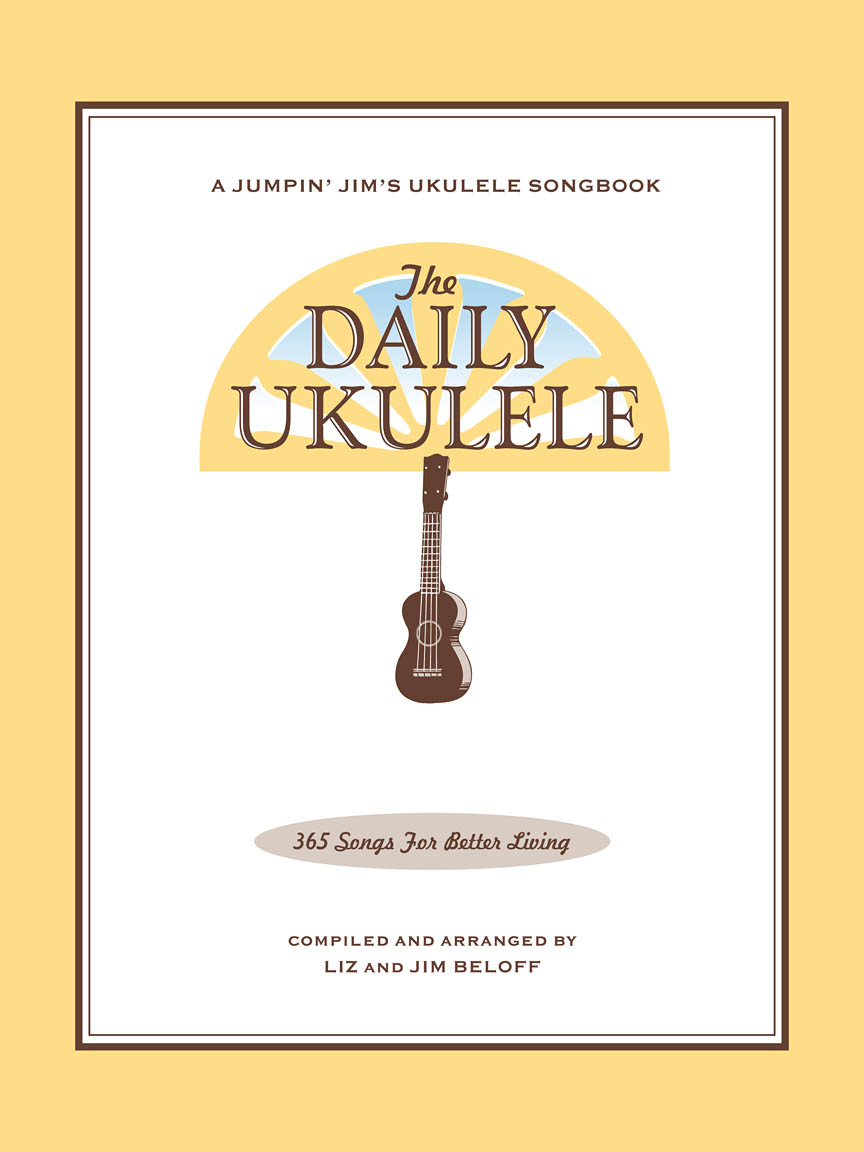
Strum a different song every day with easy arrangements of 365 of your favorite songs in one big songbook! The Daily Ukulele features ukulele arrangements with melody, lyrics and uke chord grids and are in ukulele-friendly keys that are particularly suited for groups of one to one hundred to play and sing.

Finally, learn the names of the notes of the ukulele fingerboard in C tuning .

Learn the six fingering principles to navigating the ukulele fingerboard. Fingering is one of the most universal topics. Book: Six Secrets of the Ukulele Fingering

Harmonic Analysis is the understanding of the functional sequence of chords. It is the process used to analyze the harmonic structure of a progression, song or composition. Book: Harmonic Analysis for Scale Selection and Chord Substitution

Learn to read single note melodies in the first/open position is a lot easier than you might think. Book: Ukulele – Reading Music Series – Primer

An organized collection of daily practice and reference material for the contemporary ukulele player for developing the vocabulary and knowledge necessary for single note playing. Book: Daily Practice Material for the Contemporary Ukulele
Checkout the Books & Reference Charts for additional Handy, Dandy Reference Charts.

Ukulele Fingerboard Chart for C Tuning, Low or High G – G C E A

Ukulele Fingerboard Chart for G Tuning, Low or High A – D G B E

A handy reference chart of all 15 major and relative minor key signatures. US Letter 8.5 x 11 sized (ANSI-A), A4
Checkout the Books & Reference Charts for additional Handy, Dandy Reference Charts.



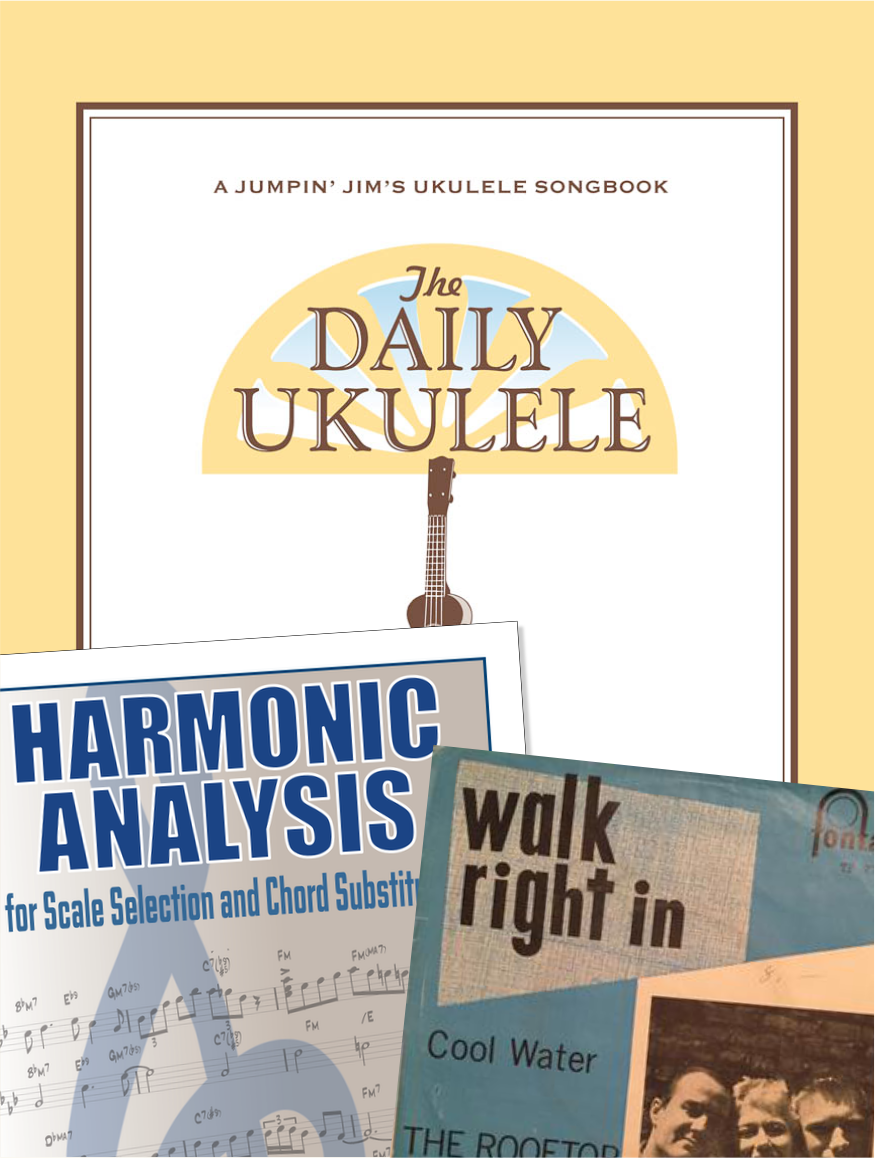


.jpg)